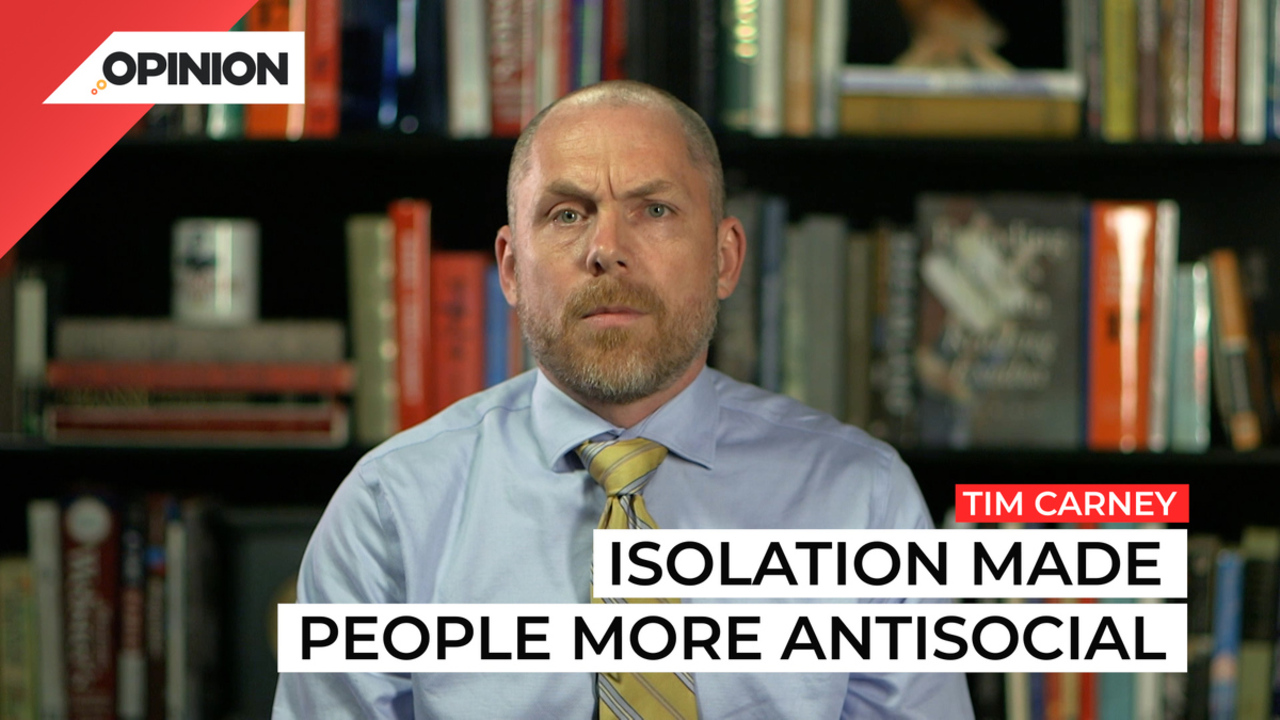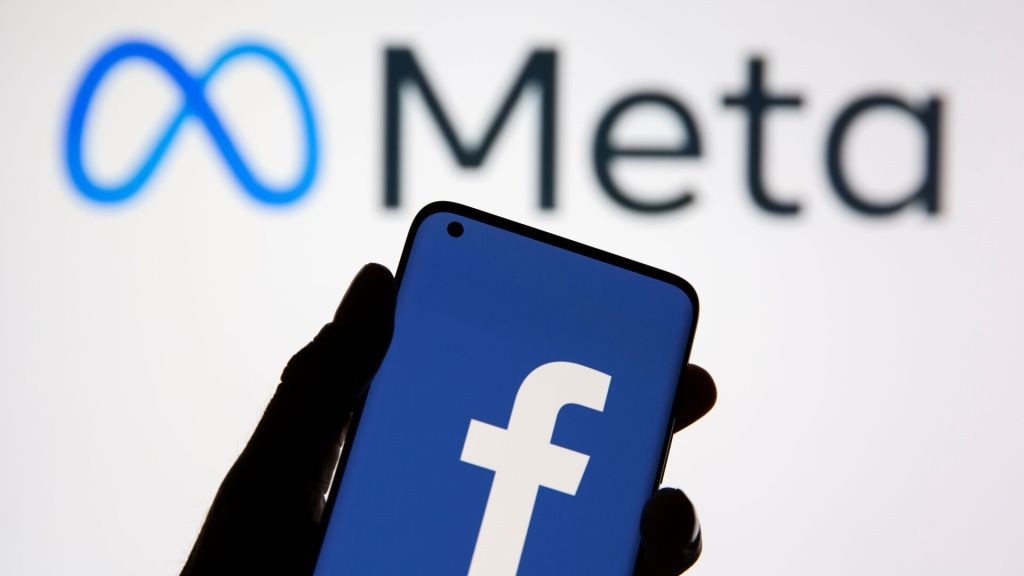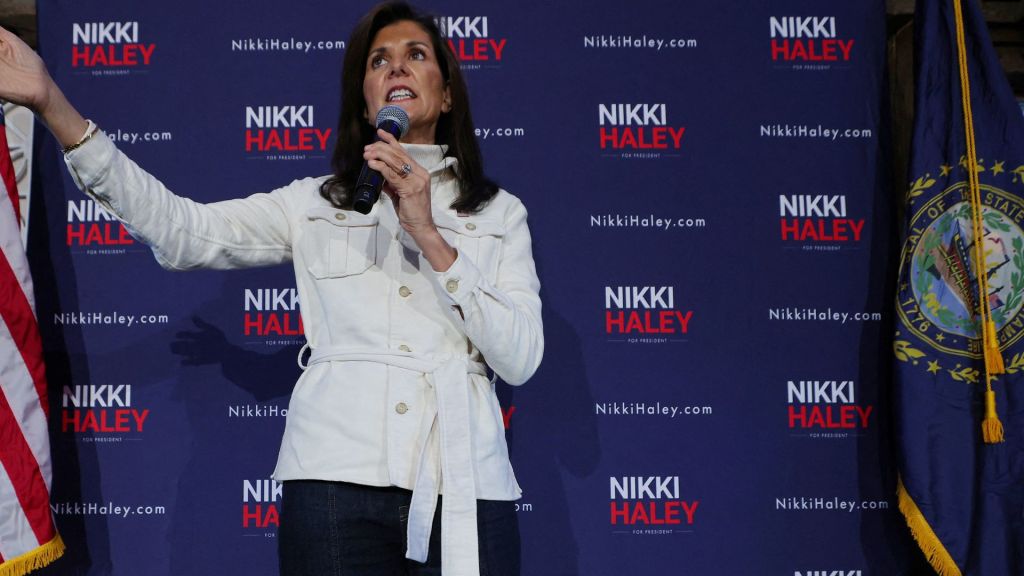
Commentary
-
Our commentary partners will help you reach your own conclusions on complex topics.
Before gun control was the official cause of the day before Ukraine flags were everywhere before the vaccine became a source of identity and before the mask was religious garb. The cause celebre in the media and online was a lockdowns stay home save lives blared a million front yard signs Facebook profile pics and Twitter names.
The idea was that if we kept the schools closed, canceled all summer camps, close the playgrounds, locked up the basketball courts, called off the Little League season. Busted kids who got together for social gatherings closed all community gathering, places shamed folks who walked up and down the boardwalk band concerts, shuttered churches and generally discouraged all human interaction outside the household, the virus would go away.
The virus didn’t go away.
Whether the lockdowns or stay at home orders saved many lives is up for debate. But the force isolation and heightened alienation definitely cost lives. Specifically, children died because of lockdowns in 2020. The number of drug and alcohol deaths for Americans under age 18 was double the average from the 2000 10s and 2021. Childhood drug and alcohol deaths stayed at that high level. This is sadly not surprising. depression and anxiety rates among teenagers have hit record levels in the last two years.
And is it any wonder that kids found life more daunting that when deprived of friends, sports classmates and activities, and forced to spend even more hours a day staring at a screen, kids found life more disheartening.
Murderers also spiked across the country in 2020 and 2021. Why? Isolation made people more antisocial. Those who have mental health issues are coming from broken homes became untethered when they lost community interactions. The supermarket shooter in Buffalo was radicalized online. During the lockdowns the Uvalde Texas school shooter never really returned to school after the 2020 closures According to reports, this was predictable. The Department of Homeland Security warned in late 2020 That social isolation is one of the quote, risk factors that may make an individual more susceptible to radicalizing to violence. A lack of connection leads to quote, fear of others.
Homeland Security warned in a memo, children may have been more affected than anyone else. But everyone was harmed by the policy decisions that isolated individuals from neighbors, friends, counselors and pastors. Opioid overdose deaths went up nearly 50% in Washington, DC and Virginia in 2020. Even cigarette sales increase in 2020 by nearly a billion the first increase in 20 years.
Then there are the other health costs. almost 22 million children around the world missed their measles vaccine in 2020, the highest number since 2008. Obesity is on the rise as more and more children are sedentary.
So when we talk about the cost of the pandemic, we need to be clear, the virus itself was incredibly harmful killing millions worldwide and leaving many children without a parent. But the government responses to the virus also caused harm.
People need other people, people need to belong to things. When you take away that sort of connection and belonging. Bad things happen and people die.
-
Subsidizing demand won’t fix real problems
The Biden administration recently announced an initiative to cap child care copay expenses for approximately 100,000 low-income working families in the United States. Instead of paying set fees, those families will pay 7% of whatever their total income is as a copay for the government-subsidized daycare program. The program also hopes to fully cover all…
-
America’s baby bust portends tough times ahead
In 2007, Americans welcomed approximately 4.3 million babies. But following a decline in birth rates during the Great Recession, birth rates have not recovered. Over the past 15 years, the number of U.S. births has decreased annually, with the most recent 12-month period on record indicating only 3.6 million babies born. Straight Arrow News contributor…
-
Inflation is still too high and Biden is still to blame
Democrats are busy celebrating a consistently strong economy under President Biden, citing shocking GDP growth and record-low unemployment. Republicans are responding to the celebration with concerns about rising living costs, housing unaffordability, and continuing inflation. Straight Arrow News contributor Tim Carney points out that many Americans feel left behind by “Bidenomics” and argues that they…
-
College just got much pricier for American families
American colleges and universities are among the very best in the world. They are also notoriously expensive, with many graduates working for decades to pay back their college loans. But for many new students and parents hoping to help their children pay for college, tuition just became even more expensive, thanks to a new federal…
-
Hunter Biden’s tax evasion charges not the worst part of controversy
On Dec. 7, Hunter Biden was indicted on nine tax charges in California, relating to over $1.4 million in taxes owed between 2016 and 2019. While the back taxes have been settled, a potential conviction could result in a maximum 17-year prison sentence for the president’s son. On Dec. 13, House Republicans voted to formalize…
Latest Opinions
-

Supreme Court justices split over Idaho’s abortion law
-
 Getty Images
Getty Images
Businesses sue over FTC ban on noncompetes
-
 Getty Images
Getty Images
National Enquirer ex-publisher: Tabloid made up stories to help Trump
-
 Getty Images
Getty Images
Bird flu fallout: USDA says milk is safe, states must test dairy herds
-
 Getty Images
Getty Images
Biden administration cracks down on flight refunds and hidden fees
Popular Opinions
-
In addition to the facts, we believe it’s vital to hear perspectives from all sides of the political spectrum.


